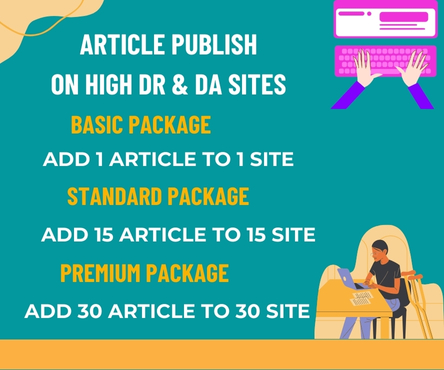In the world of modern technology, coatings play a vital role in enhancing the performance and longevity of various materials. One such coating technology that has gained significant attention in recent years is Physical Vapor Deposition (PVD). PVD coatings have revolutionized industries ranging from aerospace and automotive to medical and consumer goods, offering unparalleled benefits in terms of durability, aesthetics, and functionality.
What is PVD Coating?
Pvd coating is a process in which a material is vaporized and deposited onto a substrate, creating a thin, uniform layer. This process takes place in a vacuum chamber, where the material to be deposited is heated until it vaporizes. The vaporized particles then condense onto the substrate, forming a strong bond. PVD coatings can be applied to a wide range of materials, including metals, ceramics, and polymers.
Benefits of PVD Coatings
PVD coatings offer a multitude of benefits, making them an attractive solution for various industries. Some of the key advantages include:
- Durability: PVD coatings are incredibly resistant to wear and tear, corrosion, and scratches. This makes them ideal for applications where high performance and longevity are critical.
- Aesthetics: PVD coatings can be tailored to achieve specific colors and finishes, making them a popular choice for decorative applications. From watches and jewelry to architectural fixtures and fittings, PVD coatings offer a world of design possibilities.
- Functionality: PVD coatings can be engineered to exhibit specific properties, such as high reflectivity, conductivity, or biocompatibility. This makes them suitable for a wide range of applications, from optical and electrical components to medical implants.
Applications of PVD Coatings
The versatility of PVD coatings has led to their widespread adoption across various industries. Some notable applications include:
- Aerospace: PVD coatings are used to protect aircraft components from corrosion and wear, reducing maintenance costs and improving performance.
- Automotive: PVD coatings are applied to engine components, gears, and other high-performance parts to enhance durability and reduce friction.
- Medical: PVD coatings are used to create biocompatible surfaces for medical implants, reducing the risk of rejection and improving patient outcomes.
- Consumer Goods: PVD coatings are used to create decorative finishes for watches, jewelry, and other consumer products, offering a durable and attractive alternative to traditional plating methods.
The Future of PVD Coatings
As technology continues to evolve, the demand for PVD coatings is expected to grow. Researchers are working to develop new PVD coating materials and techniques, pushing the boundaries of what is possible. Some areas of focus include:
- Nanostructured Coatings: Researchers are exploring the potential of nanostructured PVD coatings, which offer enhanced properties and performance.
- Sustainable Coatings: Efforts are being made to develop more environmentally friendly PVD coating processes, reducing waste and energy consumption.
- Advanced Materials: New materials are being developed for PVD coatings, offering improved performance and functionality.
In conclusion, PVD coatings have emerged as a game-changer in various industries, offering unparalleled benefits in terms of durability, aesthetics, and functionality. As research and development continue to advance, the potential applications for PVD coatings will only continue to grow, unlocking new possibilities for innovation and progress. With their proven track record and limitless potential, PVD coatings are set to remain a vital component in the world of modern technology.

